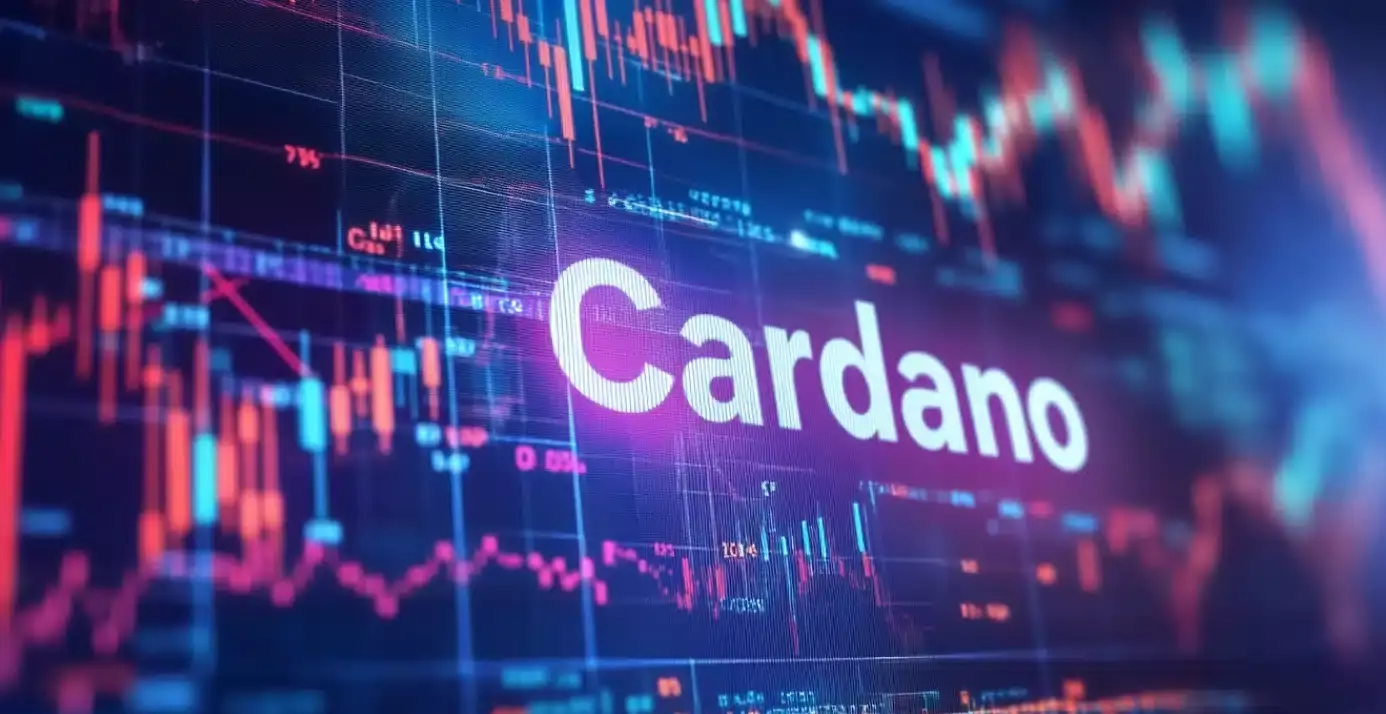Cardano (ADA) is currently navigating a turbulent market landscape, trading at approximately $0.80. This value reflects a significant decline of over 40% from its peak in December of the previous year. The volatility of its price illustrates the broader challenges faced by cryptocurrencies, especially those that strive to carve out a distinct niche. Recently, the coin’s movement was particularly influenced by the remarks of its founder, Charles Hoskinson, who engaged in a candid critique of competitors like Ethereum and Solana during a lengthy YouTube interview.
In his commentary, Hoskinson emphasized Cardano’s unique strategy of seeking integration with Bitcoin, suggesting this untapped relationship presents a substantial opportunity worth an estimated $2 trillion. His assertion that Cardano intends to establish itself as the leading decentralized finance (DeFi) layer for Bitcoin indicates a strategic pivot that could differentiate the platform from its rivals. He voiced skepticism regarding the capabilities of Ethereum and Solana in achieving similar levels of integration with Bitcoin, implying that their current structures may limit their potential longevity and adaptability.
The recent collaboration between Cardano and BitcoinOS marks a significant milestone for the network as it prepares for an anticipated activation in the coming months. However, the competitive landscape remains fierce. Other blockchain technologies, like Core and Stacks, are actively establishing themselves within Bitcoin’s ecosystem, successfully attracting developers and substantial capital. These competitors have effectively tapped into the burgeoning demand for scalable and efficient blockchain solutions.
Moreover, Ethereum’s landscape has evolved with the emergence of layer-2 solutions, which have become crucial in alleviating congestion on the primary network. Platforms such as Base, Arbitrum, and Optimism are not merely supplemental; they are taking a considerable share of Ethereum’s user base, thanks to their promise of reduced transaction costs and leveraging Ethereum’s foundational security protocols.
Cardano’s trajectory can be better understood through technical analysis, as it shows signs of forming an Elliot Wave pattern, which typically precedes periods of bullish movement. The recent retreat to $0.524, combined with the formation of this pattern, could hint at an upcoming upward trend. The price remains above critical moving averages, indicating that bullish sentiment may still exert influence over the market. Should it reclaim its previous peak of $1.32 from November, this would represent a notable gain of 70% from its current position.
While Cardano faces substantial headwinds from established competitors and internal challenges, its strategic vision and potential partnerships offer a glimmer of optimism. As it endeavors to carve its path in the competitive blockchain sphere, the upcoming months will be crucial in determining whether Cardano can effectively leverage its unique strengths to achieve lasting success.

